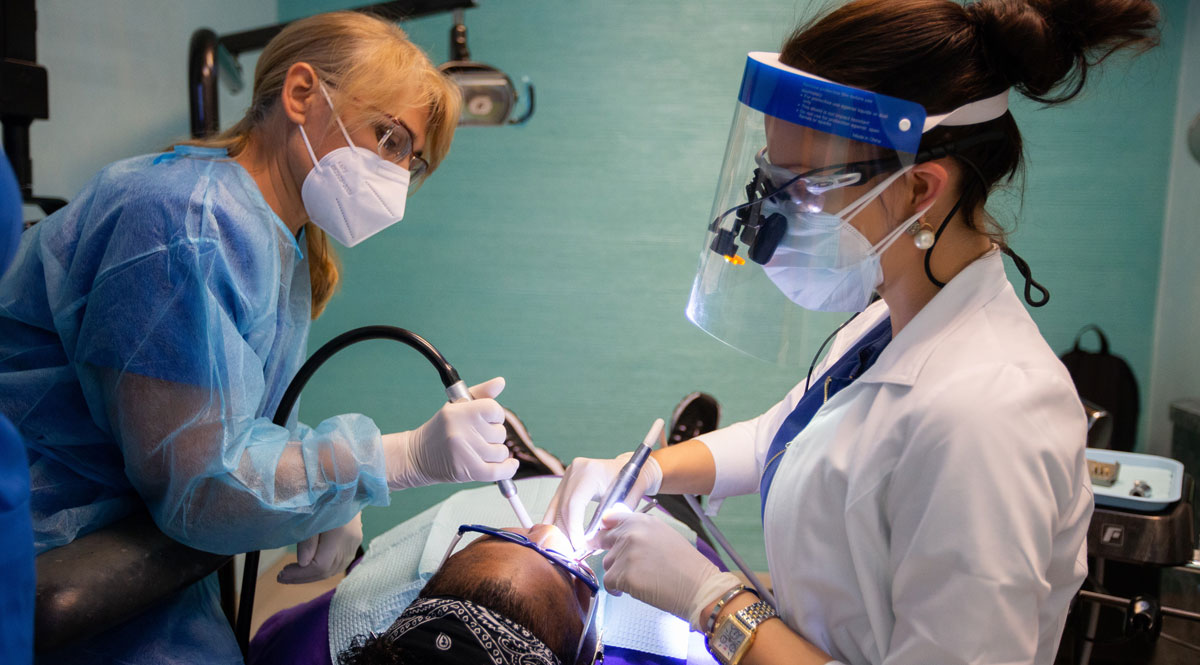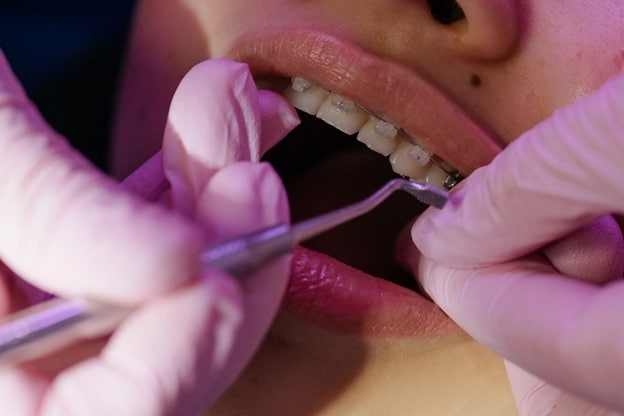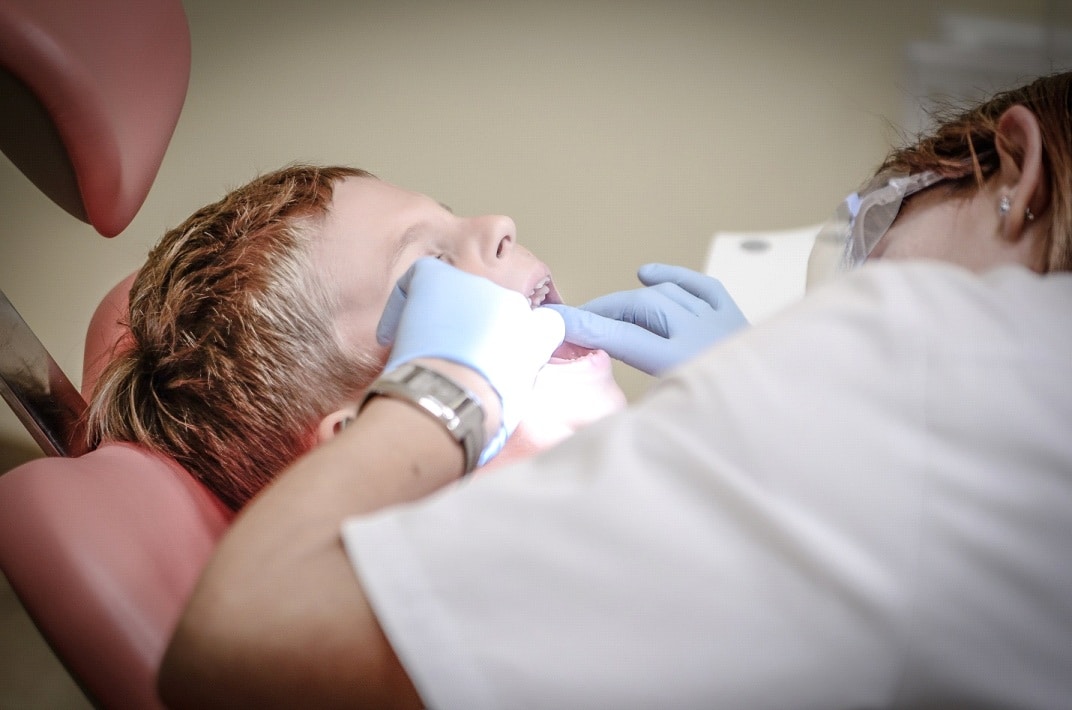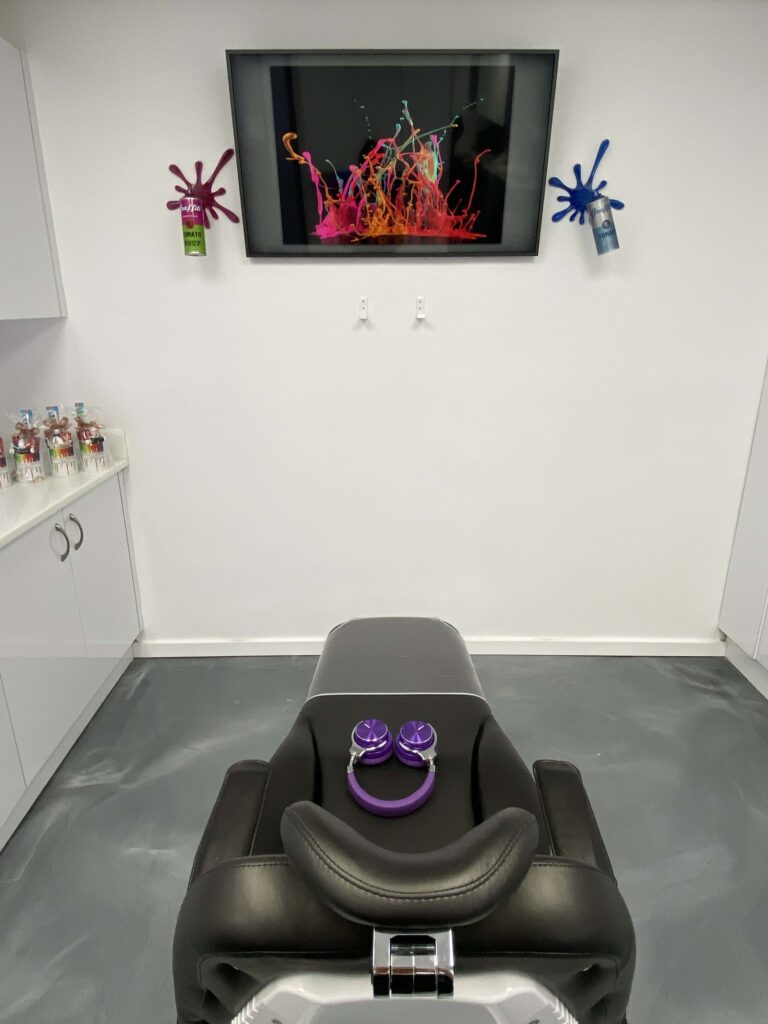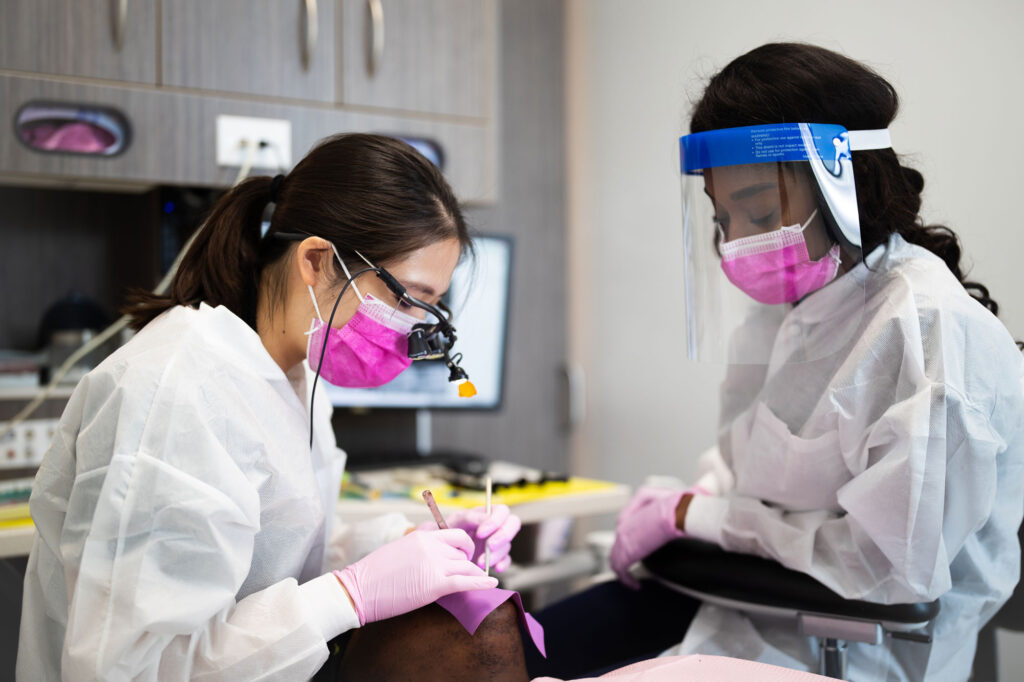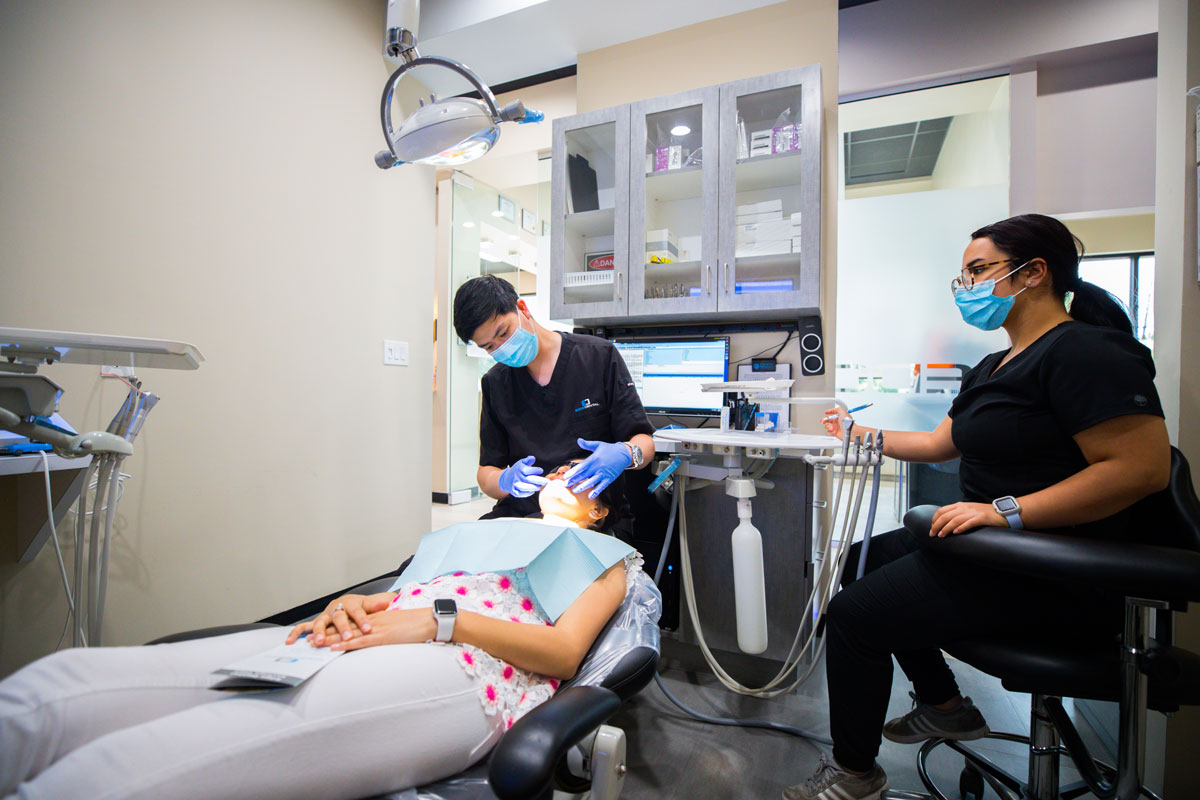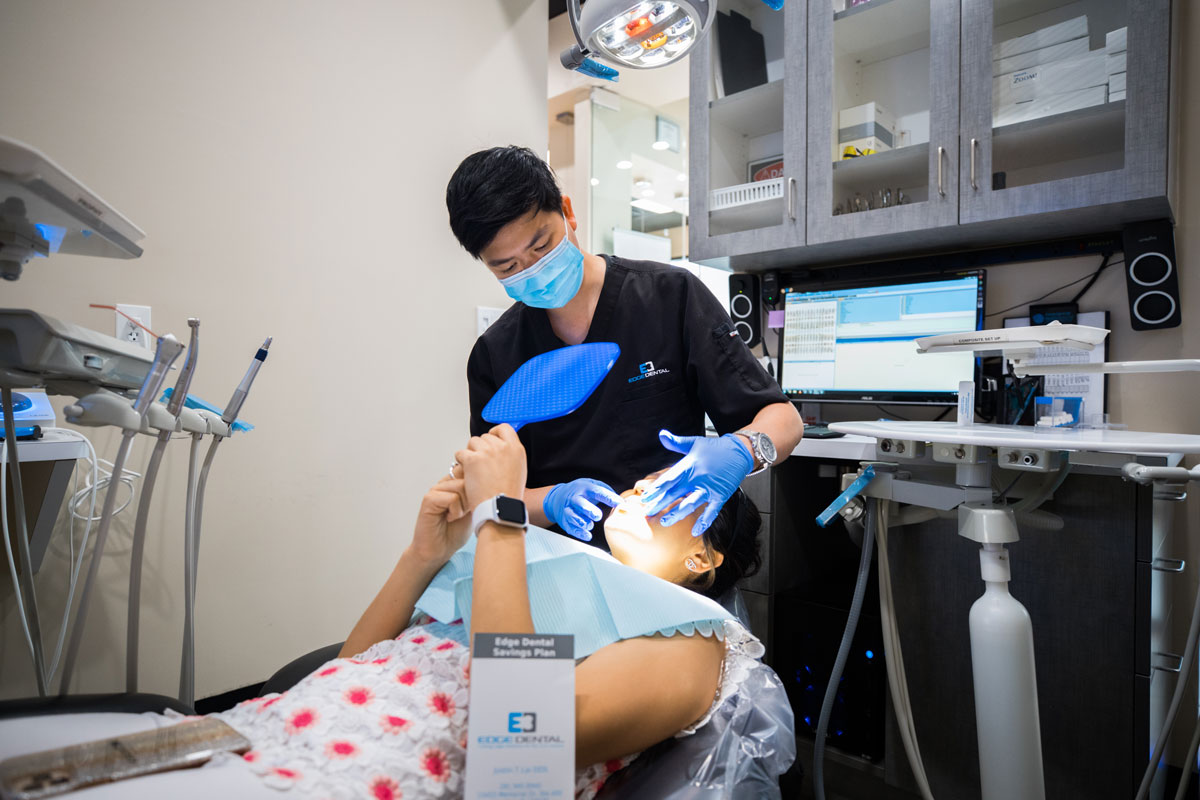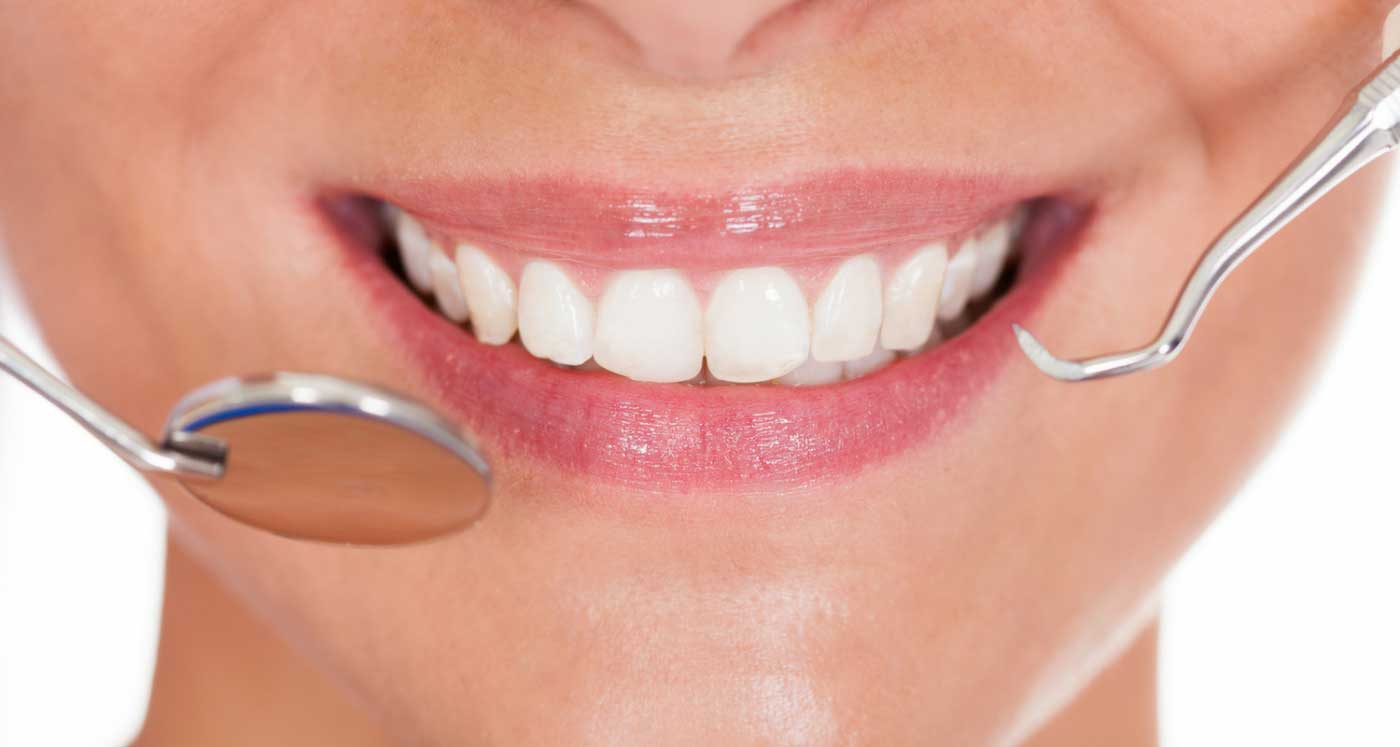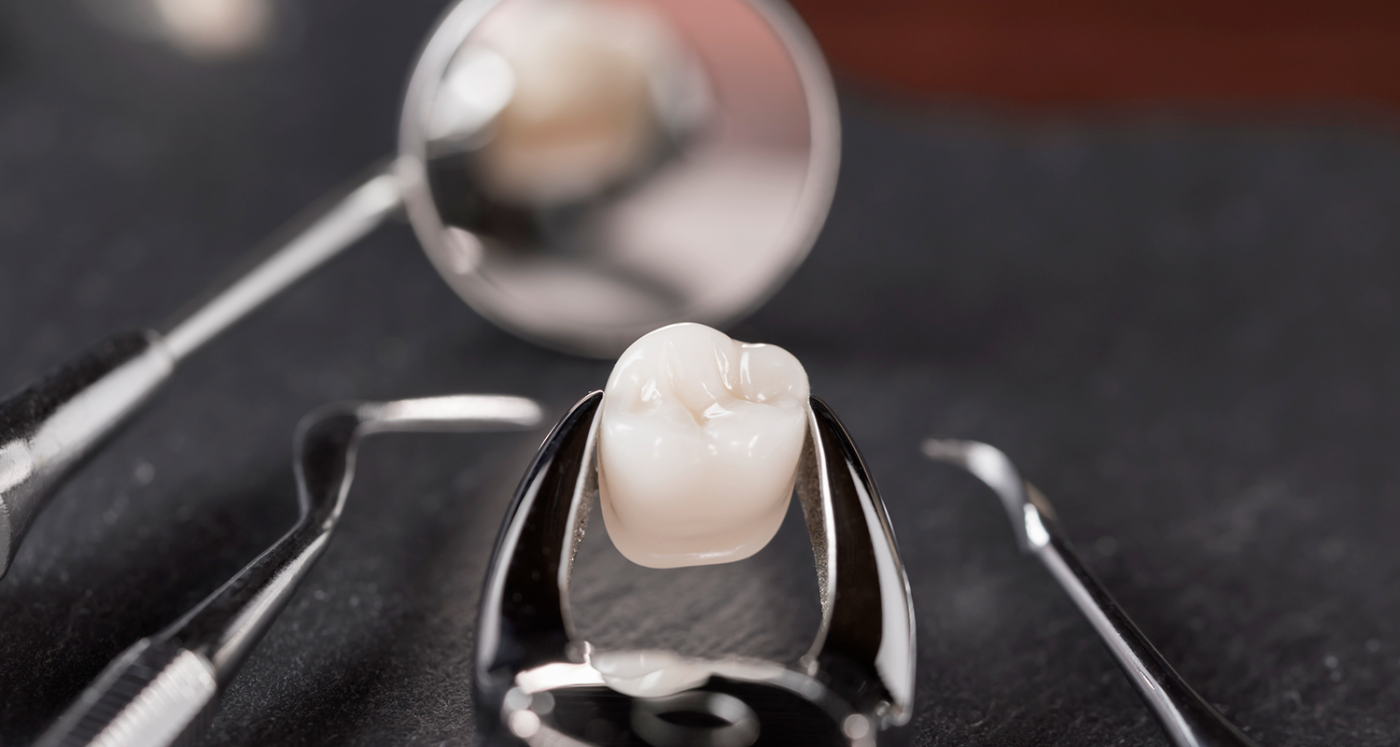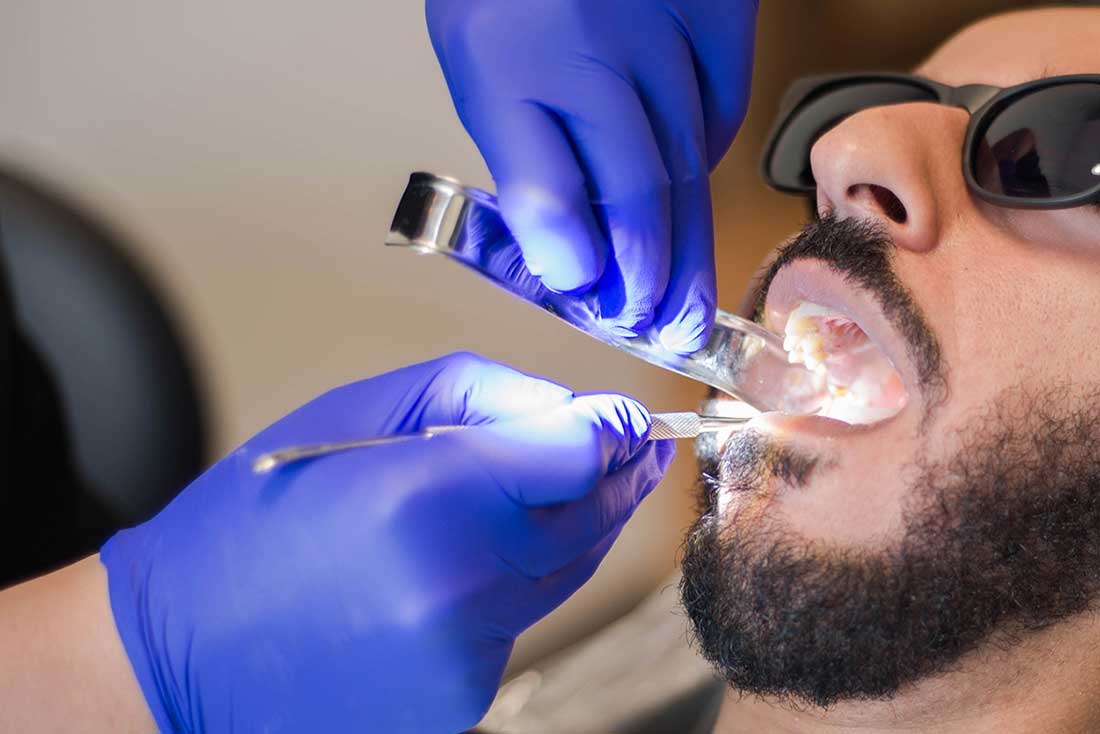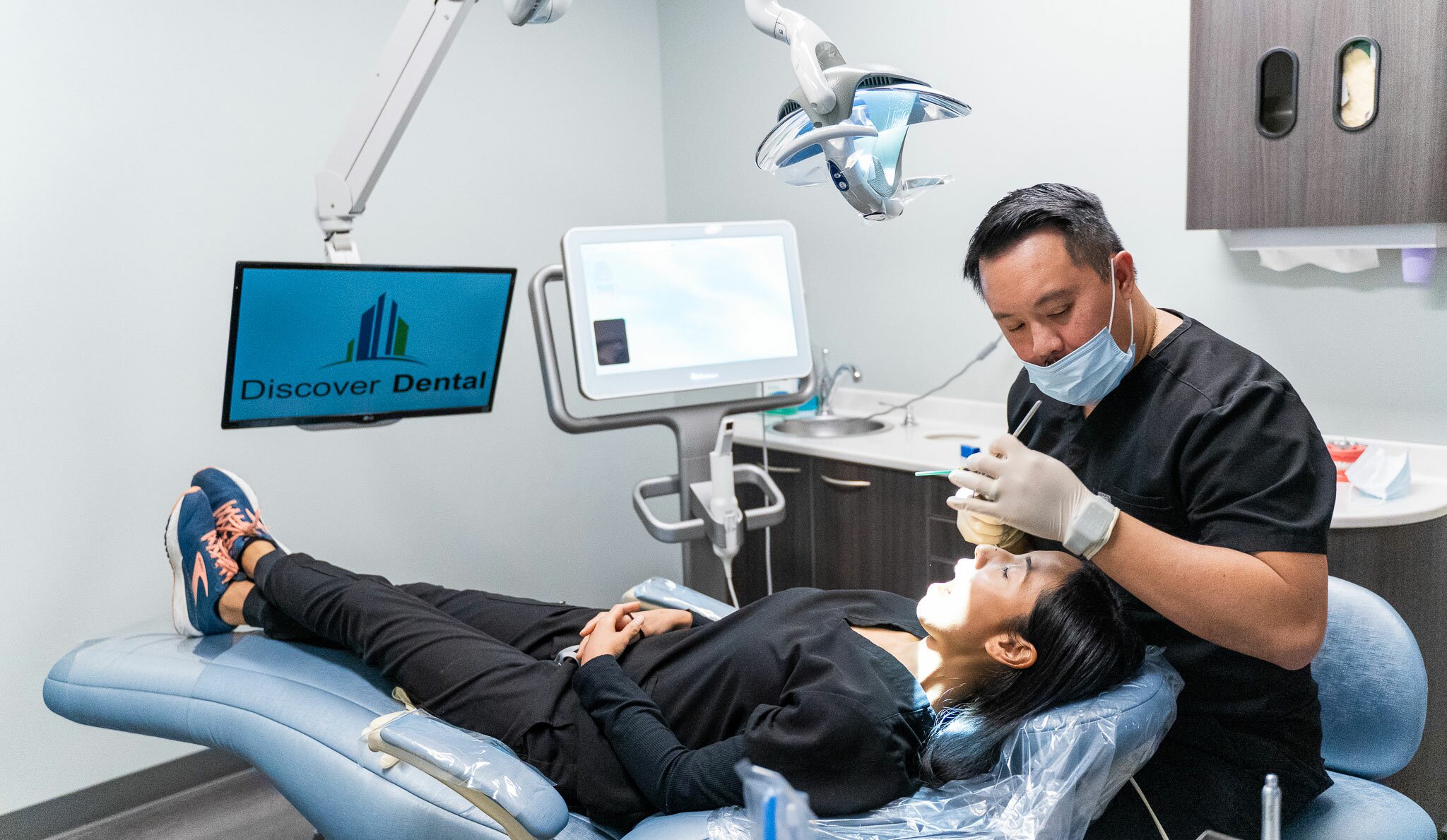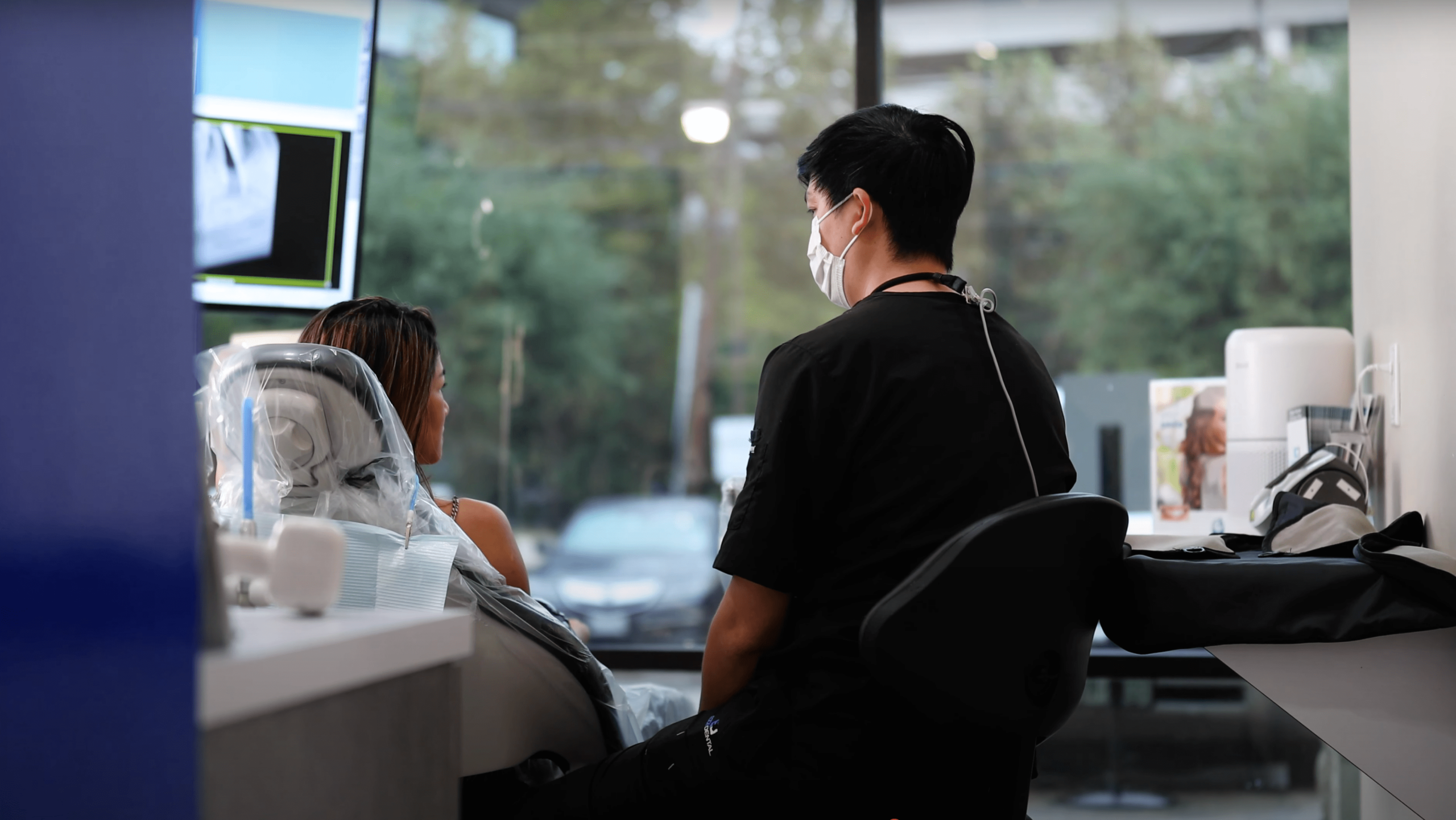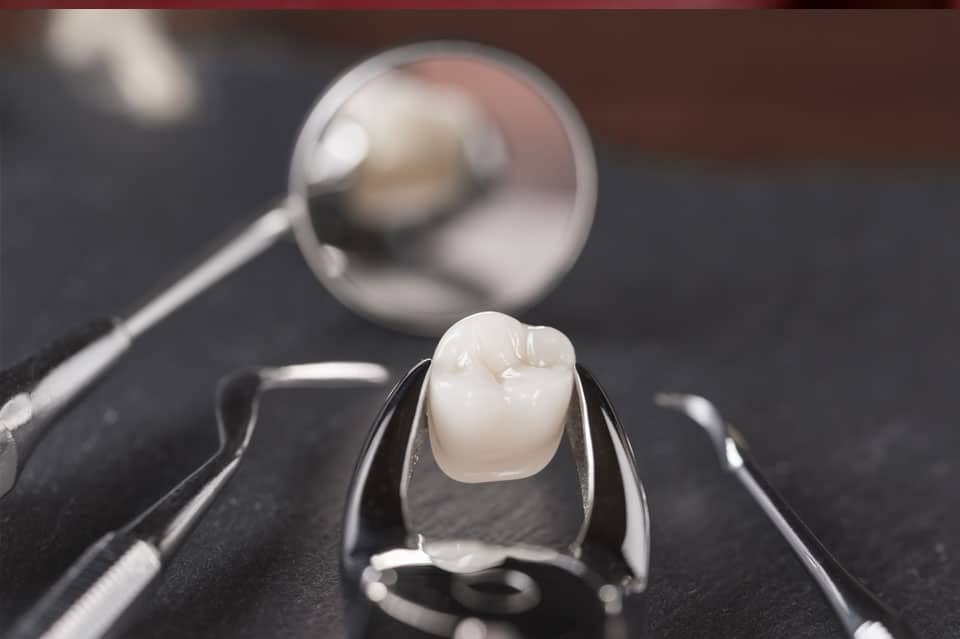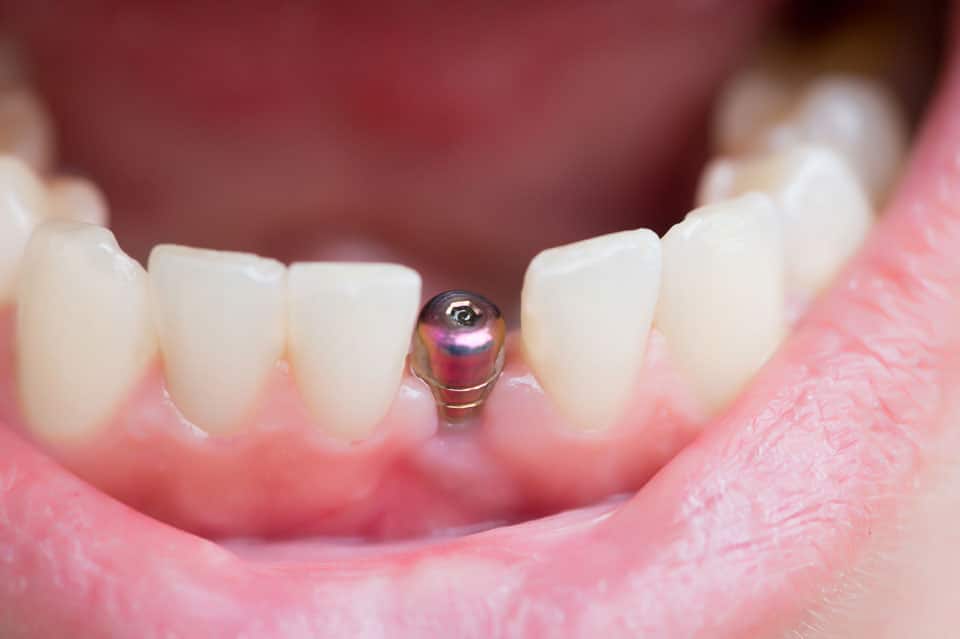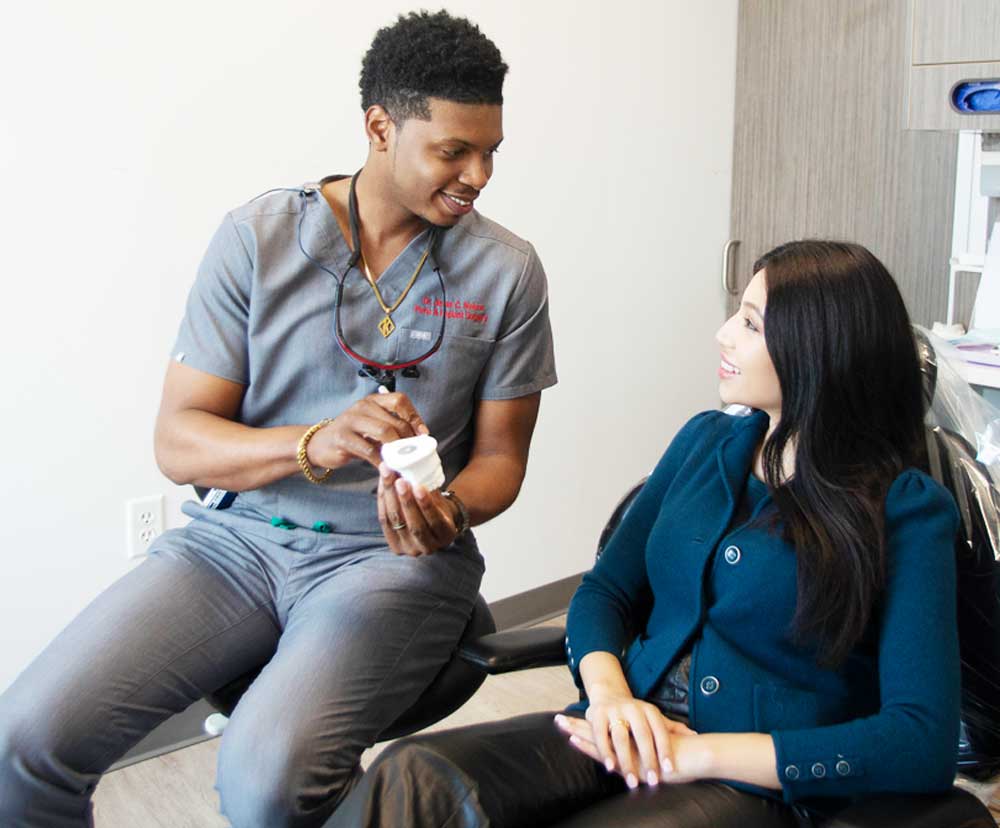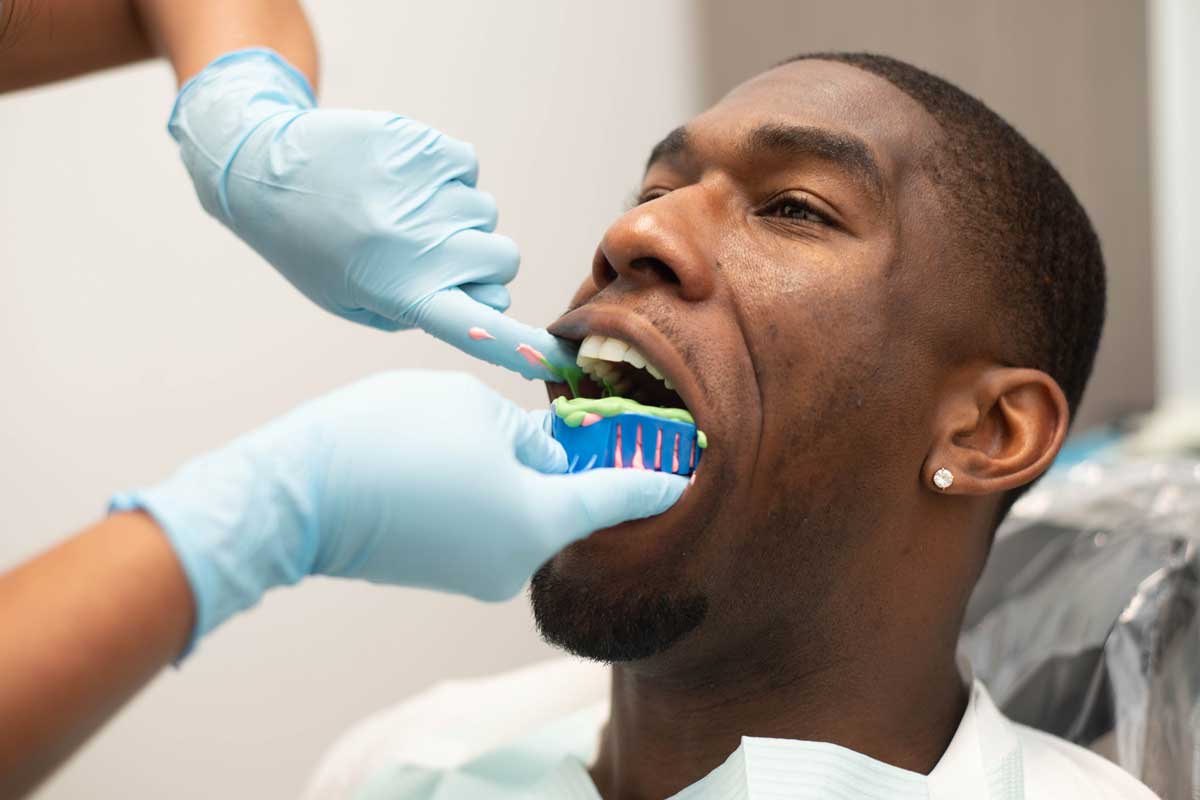Welcome to the world of dental practice transitions! As the demand for dental services continues to grow, many dental practitioners are considering buying or selling their practices.
This is where McLerran Dental Practice Transitions comes in - they specialize in helping dentists navigate the complex process of practice transitions. Based in Texas, the company offers a range of services including practice valuation, buyer and seller representation, financial analysis, and more.
With a team of experienced professionals and a deep understanding of the dental industry, McLerran Dental Practice Transitions is dedicated to helping dentists achieve their transition goals and ensure a smooth and successful transition for all parties involved.

Definition Of Dental Practice
Dental practices are businesses that provide dental care and services to patients. They can range from a single dentist providing basic preventive care to larger, multi-specialty practices staffed by multiple dentists, hygienists, and other medical professionals. Buying an existing practice offers several advantages over starting one from scratch.
The most obvious benefit is financial: buying a pre-existing practice eliminates many of the costs associated with building a new business from the ground up. When purchasing an established dental practice for sale, you don't have to worry about costly upfront investments such as equipment or office space rental fees; these expenses will already be taken care of in the purchase price. Additionally, you'll likely inherit an existing patient base that provides immediate cash flow while allowing time to build your clientele.
Another advantage of buying into an existing practice is gaining access to experienced staff members who may have been working at the clinic for years. This means less training time (and money) needed on your end when taking over operations —employees should already be familiar with day-to-day procedures and protocols, making it easier to transition into ownership quickly and efficiently. All in all, acquiring a dental practice can offer significant savings while helping ensure its continued success long term—a win-win scenario for both buyers and sellers alike!
Reasons To Buy A Dental Practice
For those interested in buying a dental practice, there are several compelling reasons to do so.
⇒ Firstly, it provides the opportunity to develop and grow an already successful business while building on its existing patient base.
⇒ Secondly, owning a practice eliminates significant start-up costs that would be incurred if launching from scratch—such as leasing office space or purchasing equipment.
⇒ Finally, taking over an established operation usually means inheriting experienced staff members who can help ensure a smooth transition of ownership.
Moreover, having an existing infrastructure allows dentists greater freedom when it comes to shaping their working environment according to their preferences and vision for the clinic's future success. From implementing specific protocols related to hygiene and infection control measures to creating customized treatment plans tailored for each patient—owners have complete autonomy when determining how best to run their business.
At the end of the day, buying into an existing dental practice is often the most cost-effective way of getting started in this field while ensuring sustainability long term. With careful planning and consideration given to all aspects involved in such a purchase—from financials and legal requirements to marketing strategies—it can prove a highly rewarding venture with great growth potential both professionally and financially.
What To Look For When Buying A Dental Practice
Before diving into the purchase of a dental practice, certain considerations need to be taken into account. Firstly, it’s important to research and understands the local market to make sure there is sufficient demand for services offered by the clinic. Secondly, potential buyers should ensure they have enough capital or financing available to cover all associated costs—including legal fees as well as any necessary upgrades for equipment or technology. Finally, due diligence must be done on both financial records and operational procedures to guarantee the stability of the business going forward.
When assessing whether an existing practice is right for them, dentists should also pay special attention to its reputation within the community. Knowing which type of clients it draws and how satisfied they are with their experiences can help inform decisions about what kind of treatments may need updating or revamping to remain competitive. Additionally, having a clear idea of how much income will likely come from insurance reimbursements versus patient payments can assist owners in gauging potential profitability over time.
Ultimately, buying a dental practice presents unique advantages while offering an excellent return on investment if approached strategically and carefully planned out beforehand. With proper research completed upfront and all pertinent details scrutinized before signing any contracts, those looking to enter this field can benefit from significant long-term rewards without incurring exorbitant start-up costs along the way.
Selling Strategies For Dental Practices
When it comes to selling a dental practice, owners need to take into account the same factors as when buying. It's essential for sellers to know their market and set realistic expectations for any potential buyers. Additionally, they must ensure that all financial documents are up-to-date and accurate to present an attractive offer. When marketing the practice itself, it can be beneficial to highlight its strengths such as modern equipment or technological advancements made since ownership began.
In addition, there are certain strategies that sellers should consider when preparing to list their practice on the market. Firstly, they may want to consult with industry professionals who have experience in this field—dental brokers, business lawyers, and tax advisors among them—for valuable advice throughout the process. Secondly, pricing is key; too high of a price tag could make potential buyers less likely to invest while setting it too low could lead to lost revenue opportunities. Lastly, creating an effective advertising plan can help draw attention from those looking for just the right opportunity.
By considering these tips and ensuring that each step of the sale is done correctly and thoroughly documented, dentists will have greater success in finding investors willing to purchase their practice at fair market value. With preparation and diligence during every stage of negotiations, both parties involved can benefit from an agreeable exchange resulting in mutual satisfaction.
Advantages Of Owning A Dental Practice
The advantages of owning a dental practice are numerous and profound. For those looking to purchase a dental practice, the potential rewards can be tremendous both professionally and financially. Firstly, individuals will have access to their own professional space where they can work independently without relying on other dentists or staff members for input. This independence offers more freedom in terms of treatments offered as well as allowing owners to customize the office decor, hours, and services according to their preferences.
Secondly, buying an existing business also offers the peace of mind that comes with having established clientele already familiar with the practice’s offerings. Not only does this create stability but it allows owners to build upon successful relationships rather than starting from scratch each time. Additionally, there is often less capital required when investing in an existing business which presents attractive opportunities for investors seeking reasonable returns in a short amount of time.
Finally, many practices come fully equipped with all necessary equipment—saving buyers additional costs associated with acquiring new technology and supplies before opening day. Furthermore, these facilities may include modern amenities such as digital x-rays and electronic patient records systems—valuable assets which help reduce wait times for clients while enhancing overall efficiency levels within the office environment. With so much potential at hand, purchasing a dental practice can indeed be a win-win situation for everyone involved.
The Benefits Of Selling Your Dental Practice
For those looking to sell their dental practice, some important benefits should be taken into consideration. Firstly, the sale of an established business can serve as a lucrative source of income and also provide the peace of mind that comes with having sold a successful venture. Secondly, it allows the seller to move on without any lingering financial obligations or other worries—allowing them to start fresh in whatever capacity they choose.
Finally, when selling a dental practice, owners have the opportunity to receive additional compensation in exchange for training new staff members and helping transition existing patients over to new ownership. When handled properly, this transaction creates a win-win situation where both parties benefit from the deal; providing current owners with extra income while offering buyers access to experienced personnel and loyal customers who already trust the brand. In short, just like buying a practice can prove advantageous for investors, so too can selling one offer numerous advantages for sellers.
Conclusion
In conclusion, buying or selling a dental practice can provide significant benefits for both buyers and sellers. For those looking to buy, purchasing an existing practice can save money on start-up costs and provide an established patient base and experienced staff. However, it is important to conduct proper research and due diligence before making a purchase.
On the other hand, selling a dental practice can serve as a lucrative source of income and provide peace of mind for the owner. Working with professionals like McLerran Dental Practice Transitions can help both buyers and sellers navigate the complex process of practice transitions and ensure a smooth and successful transition for all parties involved.
McLerran & Associates is a specialized company based in Texas that offers a range of services to help dentists achieve their transition goals. Their team of experienced professionals has a deep understanding of the dental industry and can provide services such as practice valuation, buyer and seller representation, financial analysis, and more.
Overall, dental practice transitions can provide a win-win opportunity for both buyers and sellers, and working with a reputable company like McLerran & Associates can help ensure a successful outcome.

